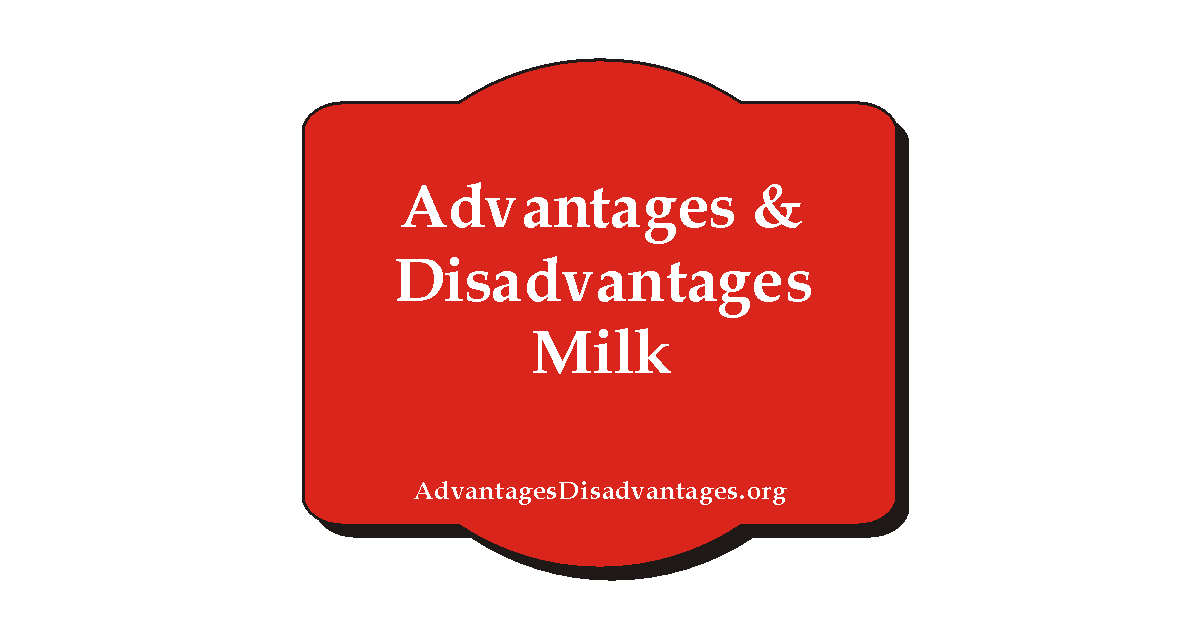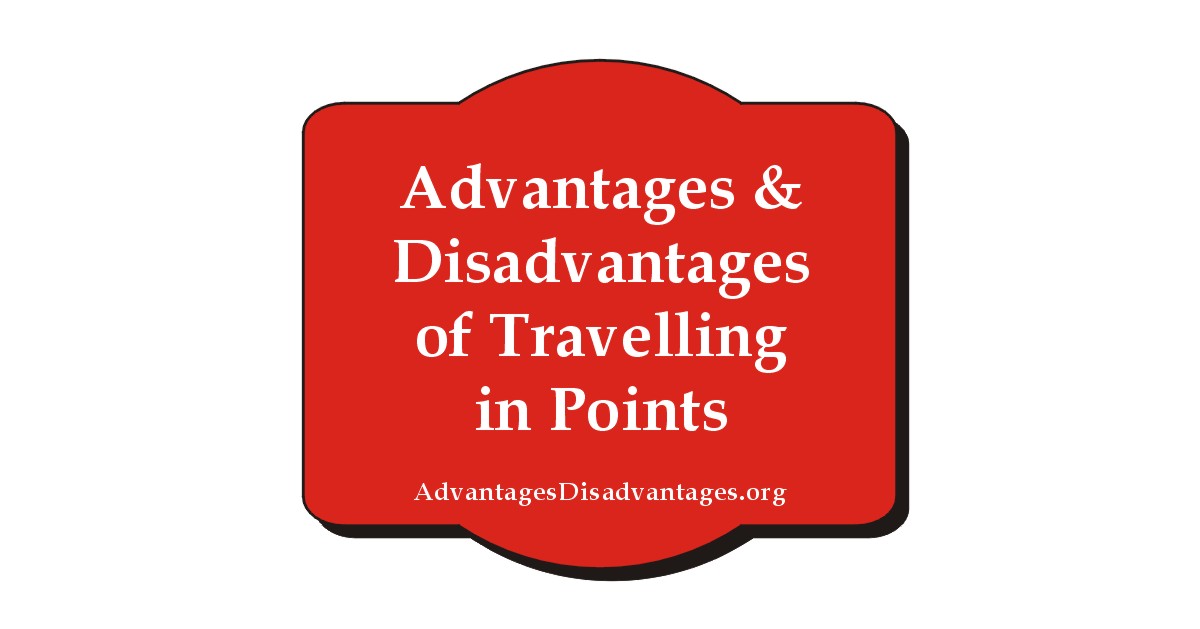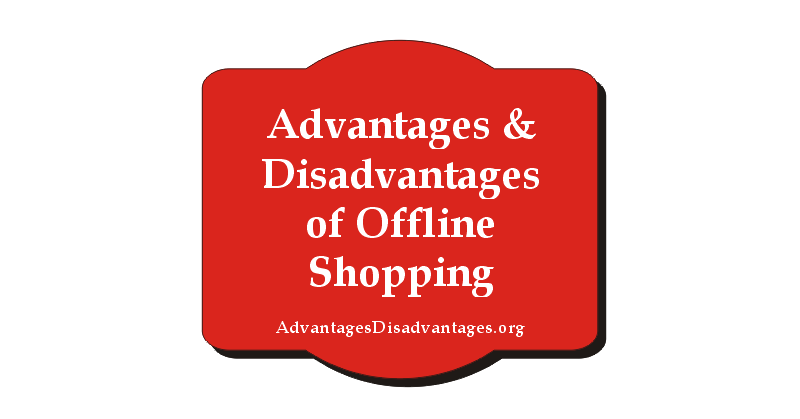Tech
Quantitative Research Advantages and Disadvantages

Quantitative involves information that deals with quantity and numbers, which is totally different from the qualitative method, which deals with observation and description. Quantitative research deals with numbers and logic. Quantitative research aims to gather data from existing and potential clients, count them, and make a statistical model to explain what is observed. In this method, researchers perform mathematical algorithms and theories that pertain to the quantity under question.
Table of Contents
Quantitative Research Advantages and Disadvantages
Advantages of Quantitative research:
-
Allows you to reach a higher sample size
When you want to study the large sample data to conclude, this is the best way to conclude the exact results. The data which is received from this work gives the better outcome because the statistical data has more depth to review
-
Can be tested
Quantitative research needs careful experimental design and anyone’s ability to replicate both the test and the results. This makes the data you gather more reliable and less open to argument.
-
Straight forward analysis
When you gather quantitative information, the kind of results will reveal to you which factual tests are suitable to utilize. As a result, interpreting your information and introducing those discoveries is direct and less open to mistakes and subjectivity.
-
Prestige
Research that includes complex measurements and data analysis is viewed as important and amazing because many people don’t understand the mathematics involved. Quantitative research is associated with technical advancements like computer modeling, stock selection, portfolio evaluation, and other data-based business decisions. The association of prestige and value with quantitative research has a great impact on your business.
-
Quantitative research uses randomized samples
When research members presume that an investigation needs to accomplish a particular result at that point, their own desire can go into the information range. The appropriate responses gave on the included materials are facts or lies as an approach to control the work. That is why the quantitative methodology is so valuable when examining a particular theory inside a vast common segment.
This methodology utilizes a randomized approach to gather data. That excludes bias from appearing in most situations. It likewise gives a benefit in the way that the information would be able to get genuinely applied to the remainder of the segment being considered. There is consistently a danger of blunder to consider, yet this strategy regularly supplies the most genuine outcomes.
-
Quantitative research only focuses on facts
Analysts can utilize the quantitative way to focus on a specific fact that they want to study in the general population. This strategy is likewise valuable when a series of data points are highly desirable within a specific segment. It is an interaction that allows us to understand the reasons behind our practices or activities from a cultural perspective.
When we can appreciate the importance of individuals’ choices, it is easier to find problem areas or specific preferences that require resolution. Then the researcher can extend to the rest of the population so everybody can profit from this work.
Disadvantages of Quantitative research:
-
Doesn’t consider the meaning behind social phenomena
The quantitative methodology needs to find answers to particular questions so a specific theory can be demonstrated or disproven. It doesn’t care about individuals’ thought processes when sharing an opinion or making a choice. This data gathering measure aims to paint a present-time image of what’s going on in the selected demographic. That implies this alternative can’t quantify the manners by which society changes or how individuals interpret their activities or that of others.
-
Every answer provided in this research method must stand on its own
The quantitative researcher doesn’t offer you the option to review answers with members. The replies provided to scientists should remain without help from anyone else, regardless of whether the data appears to be confusing or it is invalid. Rather than following a digression like different strategies, the quantitative option has very few opportunities to ask for clarity.
A piece of this disadvantage is the anonymous nature of the data that scientists gather. If an answer provides uncertain outcomes, it is extremely unlikely to ensure the validity of what was received. It is even possible to slant results when an inquiry may be incorrectly arranged.
-
Creates unnatural environments
Quantitative research works admirably when a certain climate is free for study. Specialists can then take advantage of the decisions to extrapolate information that is helpful for review. There can be times when this methodology produces an unnatural situation dependent on the inquiries posed or the methodologies used to request data. Similarly, as a member can attempt to slant results by giving distorted answers, scientists can attempt a similar outcome by affecting the work’s plan in its initial stages.
-
Some efforts will not create usable information
The quantitative approach doesn’t search for the reason behind why factors exist in specific conditions. Its goal is to find the various parts of a segment in a specific setting to extrapolate information that can be utilized for generalization purposes. Although randomization adds validity to the eventual outcome, there can be times when the data isn’t usable.
-
Results duplication is possible
When opinions are a valid substitute for facts, at that point, anything gets conceivable. Quantitative research takes out this issue since it just focuses on genuine information. The work approves itself because the outcomes consistently highlight similar information, even though randomized conditions exist. There can be minute varieties figured out after some time, yet the overall ends that researchers create when using this process stay accurate.
Conclusion
The use of quantitative research is not controversial in most biological and physical science, but it can be controversial in social science. We use the quantitative method to figure out something from the qualitative ideas and make stats using the quantitative method.
Learn more about : Cross-Sectional Study Advantages and Disadvantages

-

 Health6 years ago
Health6 years agoAdvantages and Disadvantages of Milk
-

 Tech4 years ago
Tech4 years ago6 Tips to Improving E-Commerce Websites
-

 Home6 years ago
Home6 years agoAdvantages and Disadvantages of Village Life in Points
-

 Travel5 years ago
Travel5 years agoAdvantages and Disadvantage of Travelling
-

 Sports4 years ago
Sports4 years agoThe benefits of playing an online live casino
-

 Tech6 years ago
Tech6 years ago10+ Advantages and Disadvantages of Mobile Phones in Points
-

 Tech5 years ago
Tech5 years agoEssay on Advantages and Disadvantages of Offline Shopping
-

 Tech5 years ago
Tech5 years ago8+ Advantages and Disadvantages of Motorcycle |Having Bike